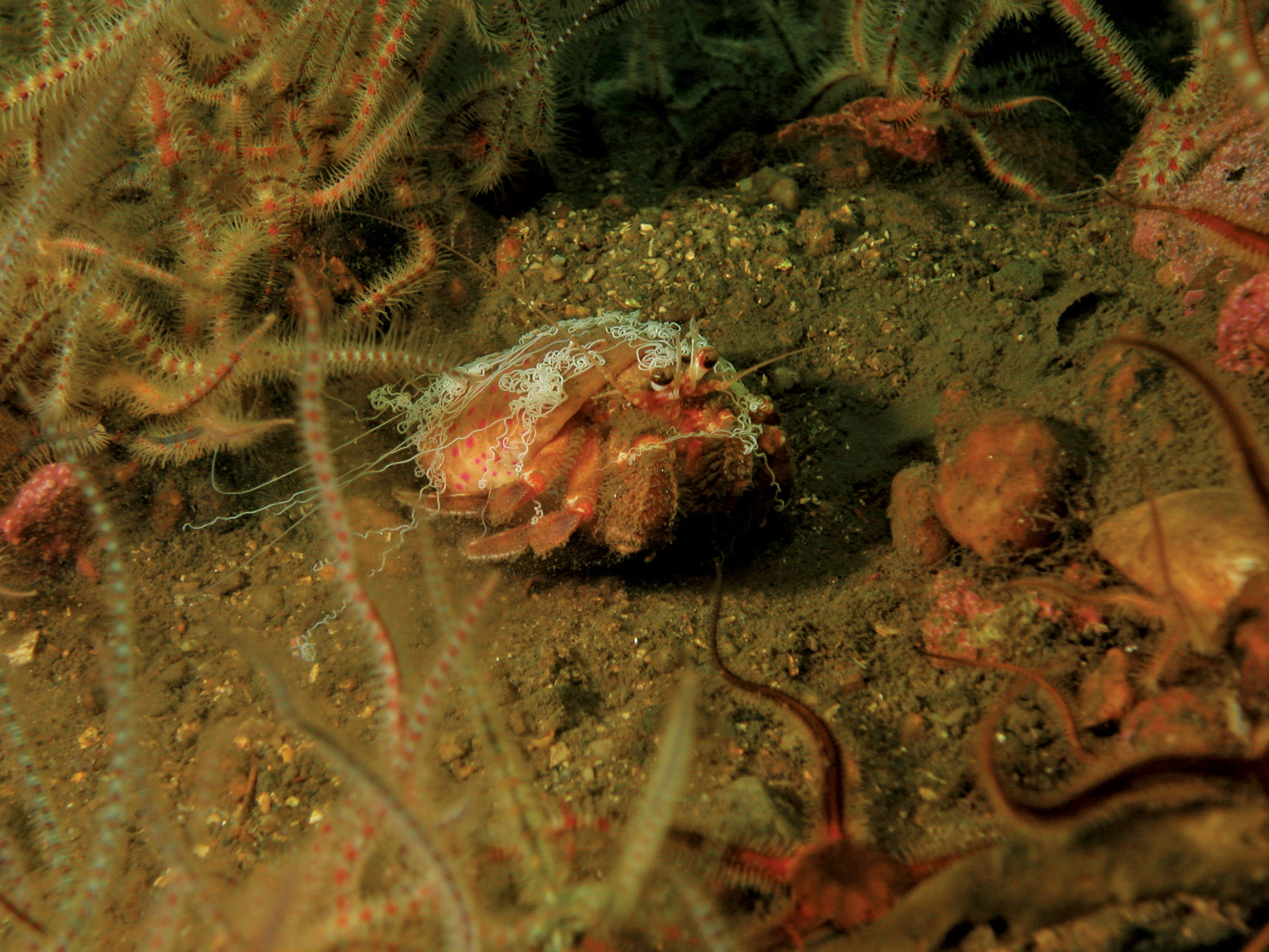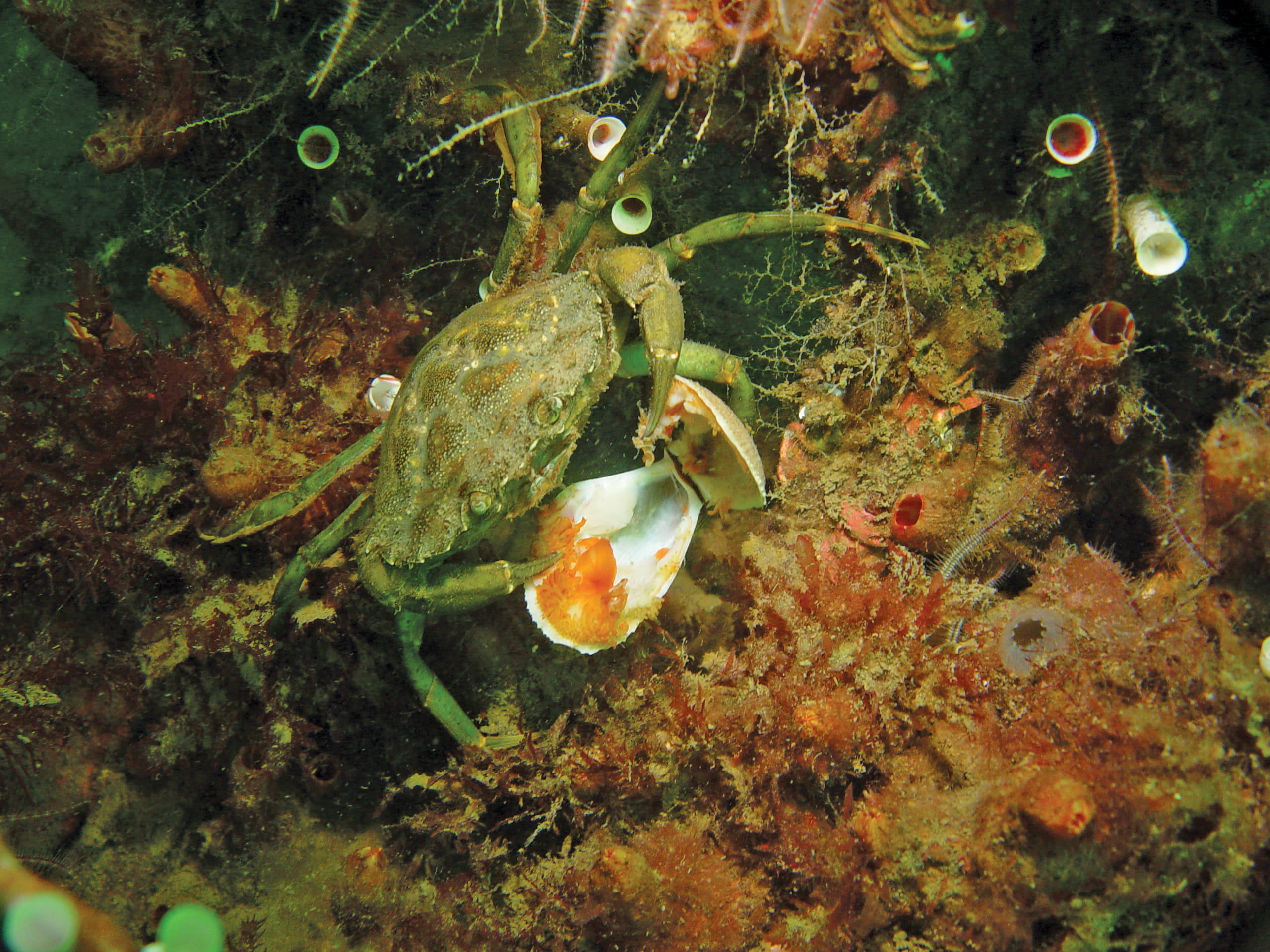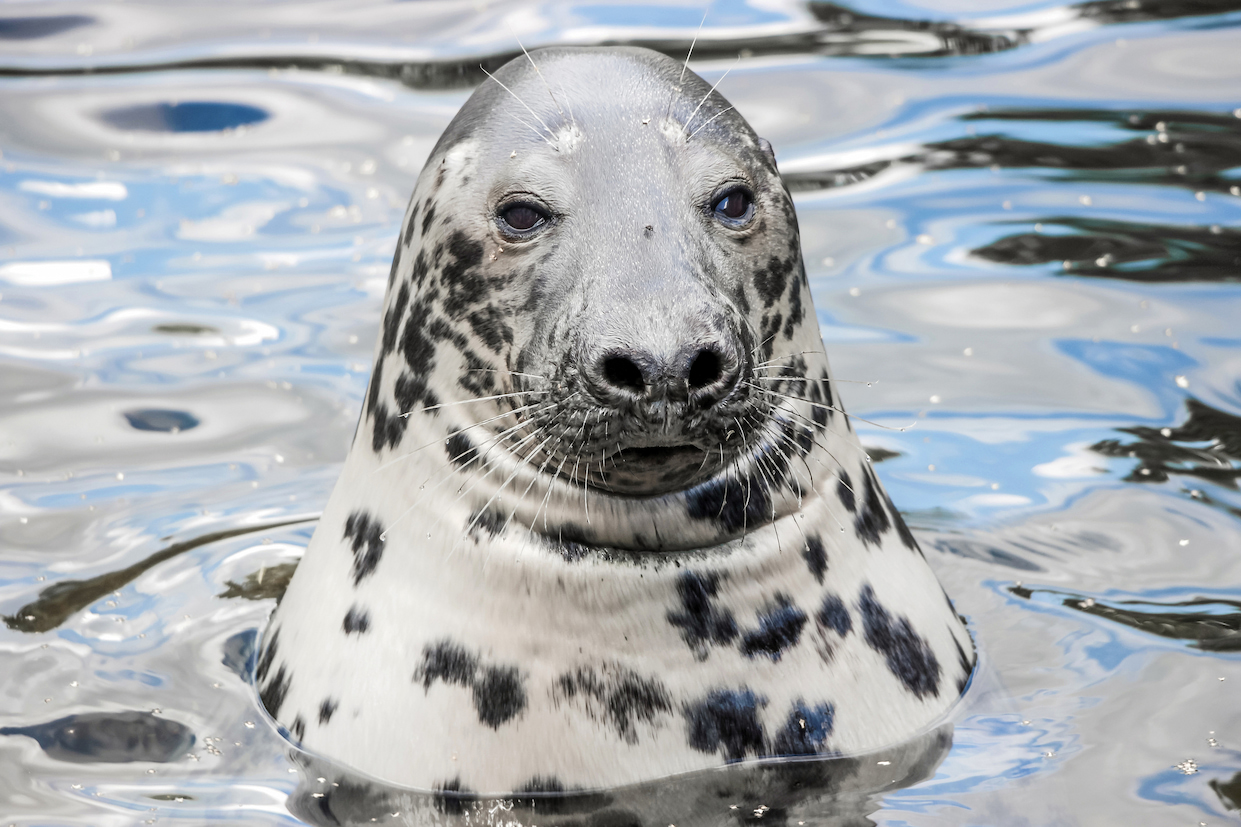

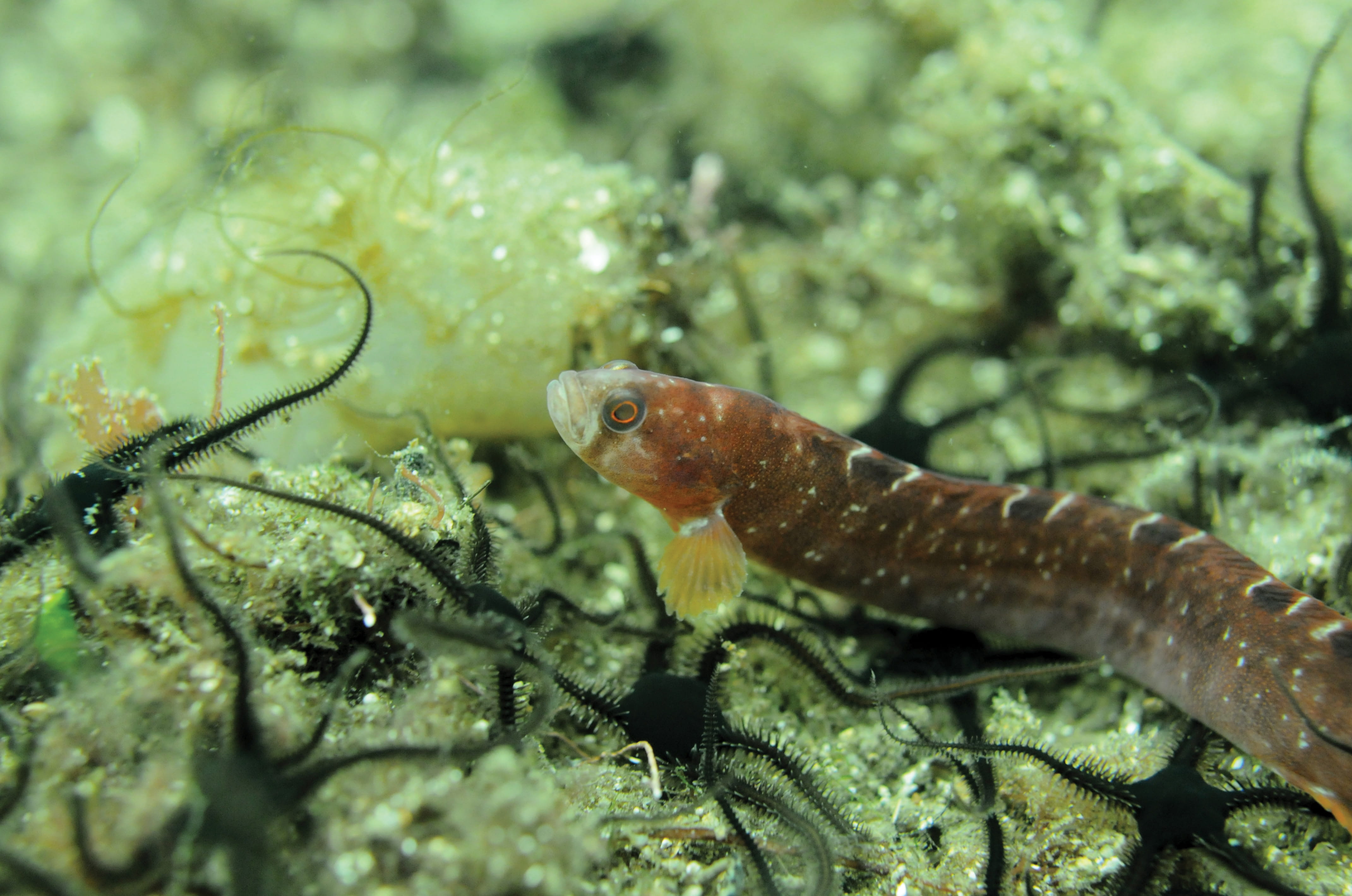
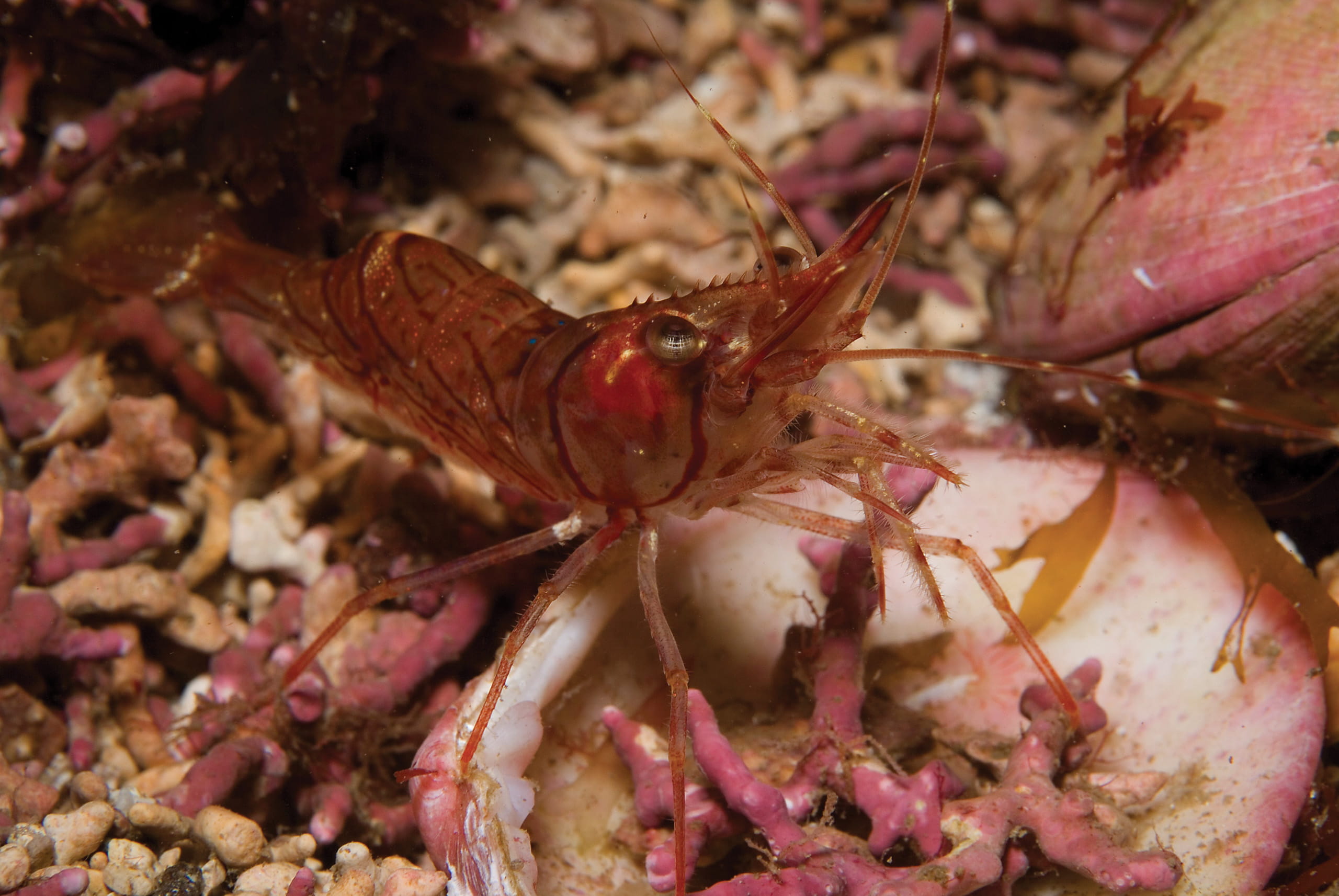
You’ll often find razor shells cast up on the beach, especially after storms which churn up the sandy shore between low and high tides. The Razor shell or Razor clam has two long shells attached by a hinge on one side. They got their name as they look like old fashioned razors. There are three common types on our shores, they burrow deeply in the sand low on the shoreline, using two tubes (syphones) to feed on plankton with. In Scotland they are called Spoots because at low tide they ‘spoot’ a jet of water out when they are burying themselves! They can grow up to 20cm long.
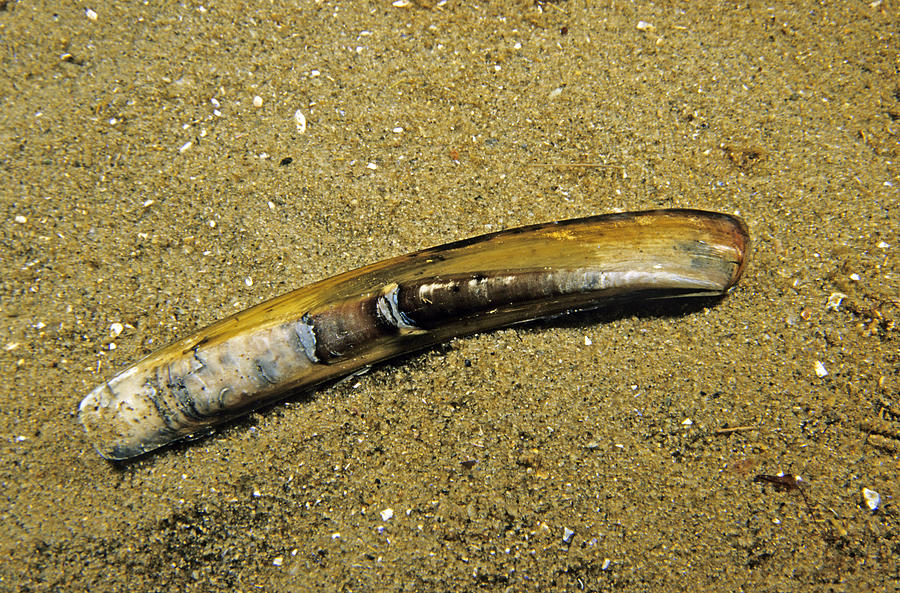
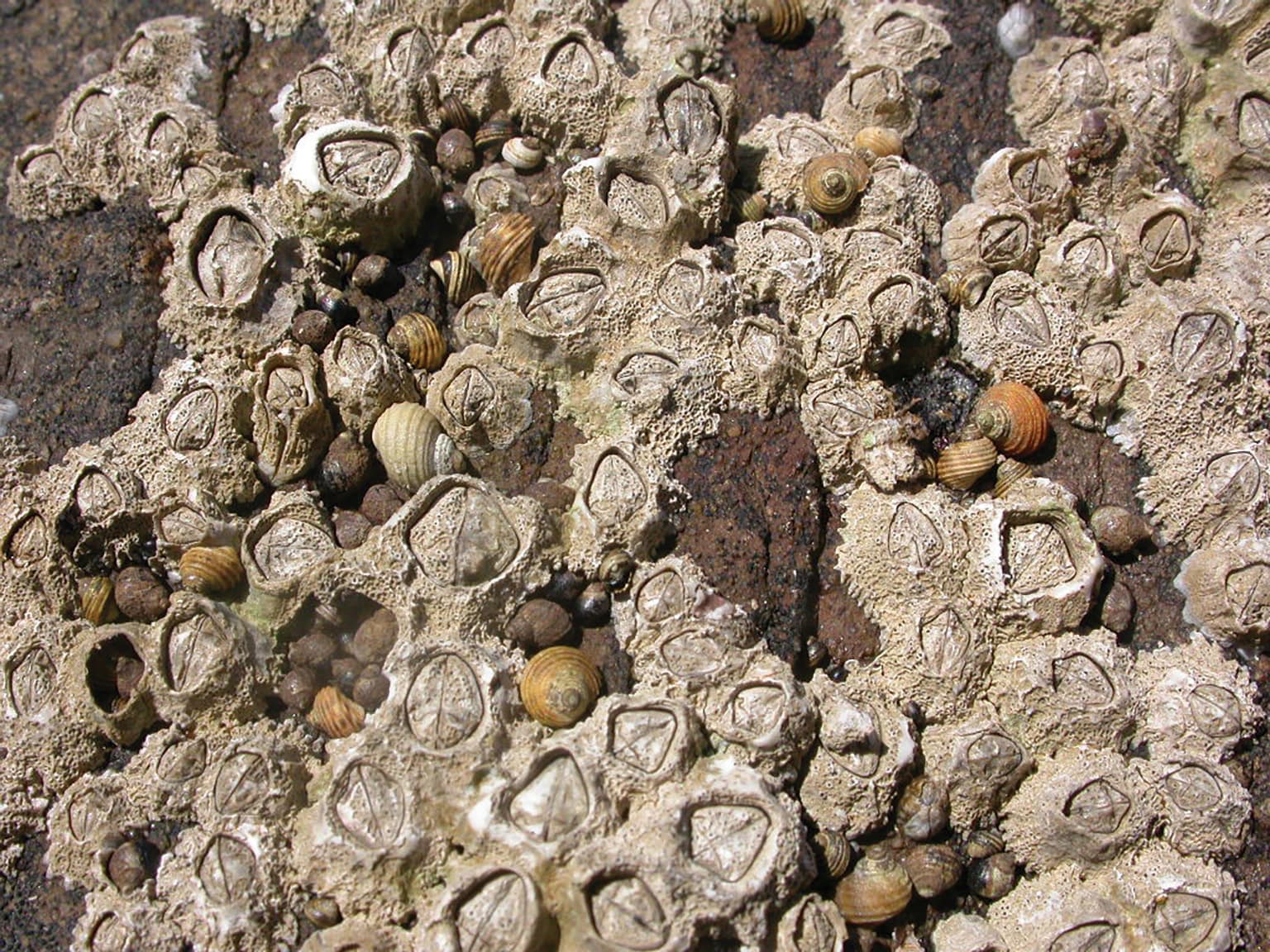
There are many types of Barnacle, all related to crabs and lobster. They look like tiny jaggy grey volcanos sticking onto the rocks, they are sharp if you go rockpooling without shoes! The most common ones that you will find are filter feeders, the Scientific name, Cirripedia means ‘feather feet’, they use these little feathery ‘feet’ to scoop up plankton. Adults stay in the same spot for their entire lives. Barnacles are one of the oldest surviving creatures on the planet.
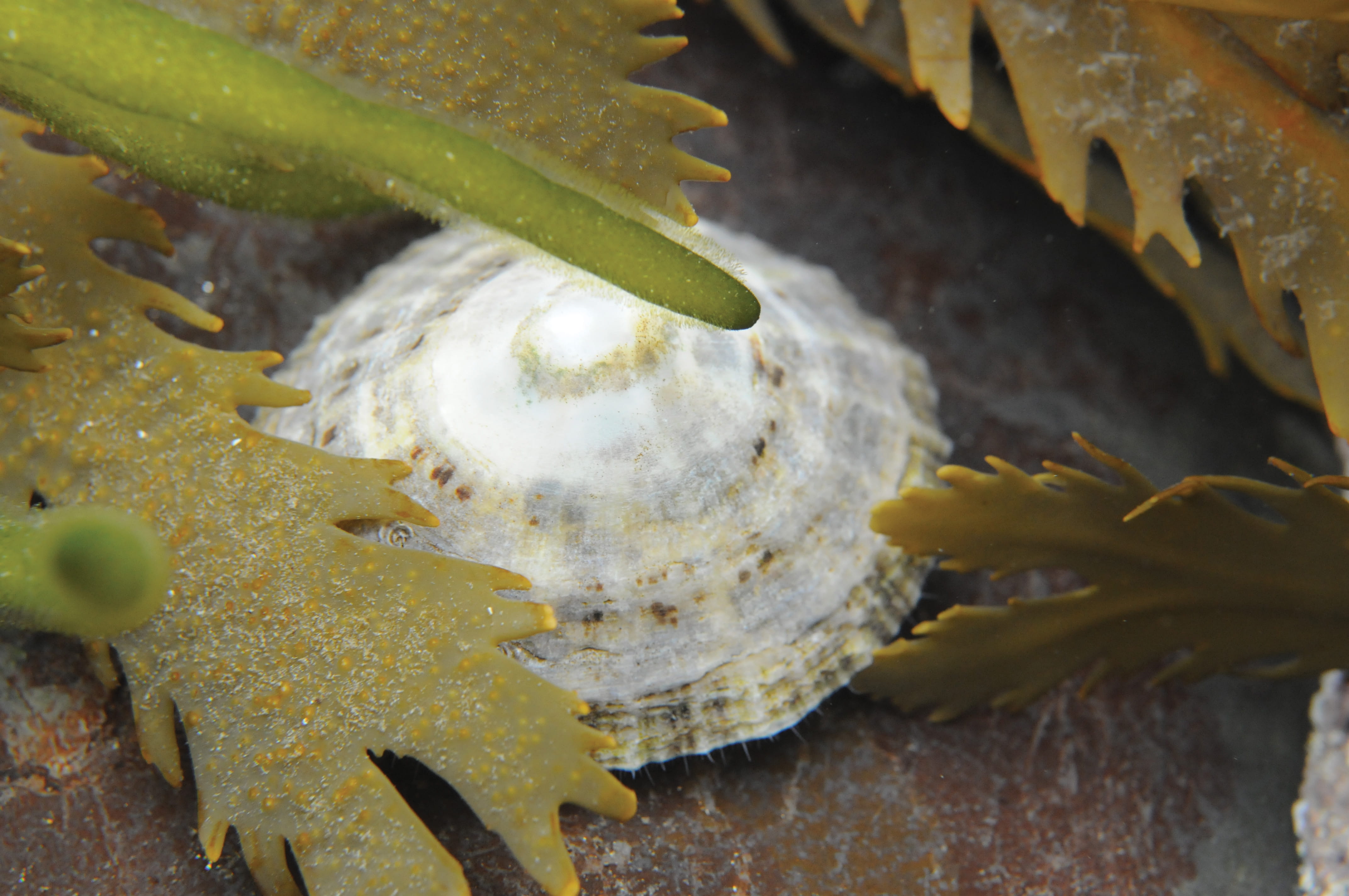
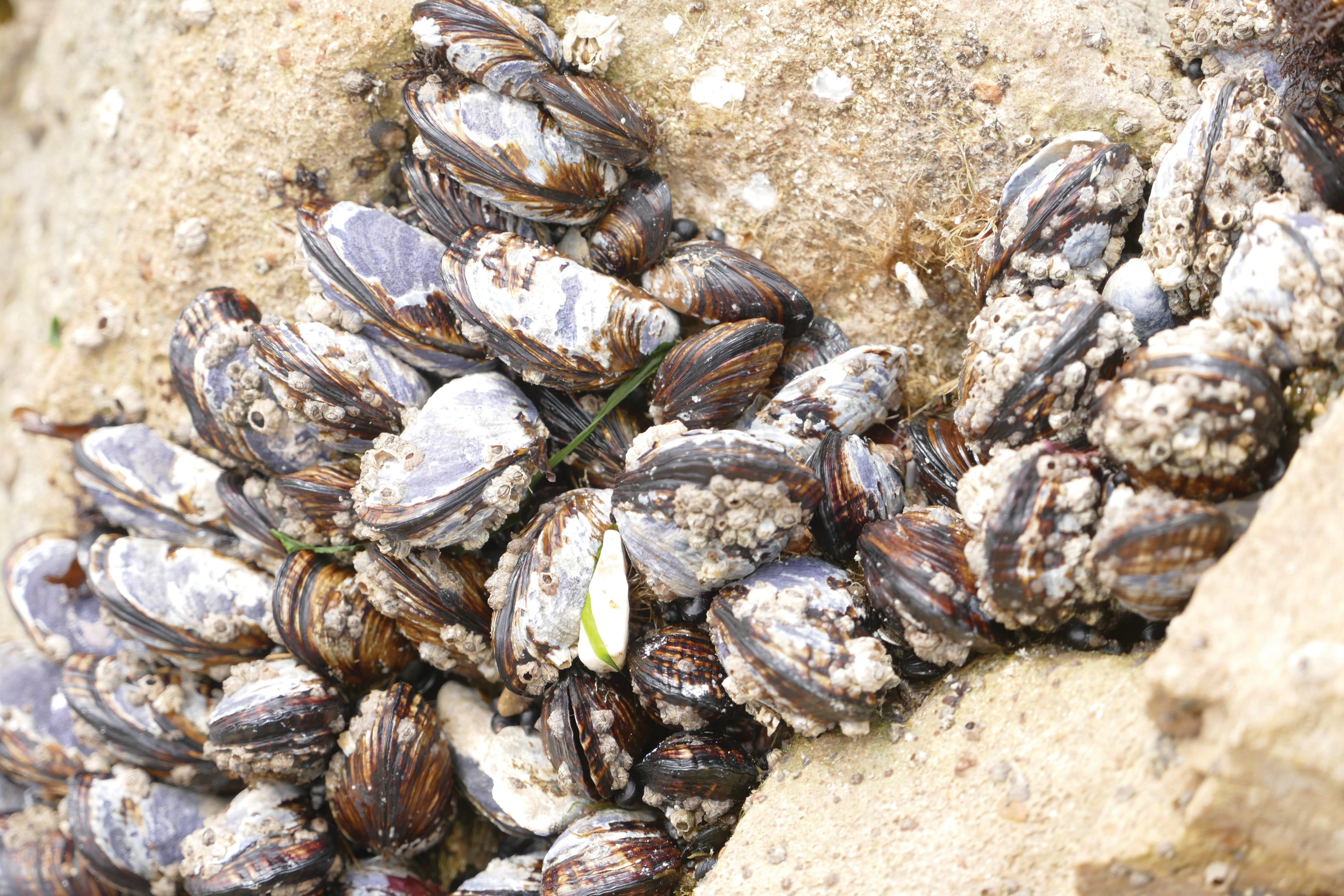
The Common Mussel is a really common animal to spot around the coast. Look for it attached to harbour walls, in rocky crevices and in rock pools. It has two blue grey shells that are connected by a hinge, they can stay tightly shut when the tide goes out or if they are threatened. They stick to rocks using a srong sticky thread called bysuss or sea silk. Bysuss can be spun to create beautiful rare fabrics. Starfish, birds and people all love to eat Mussels!
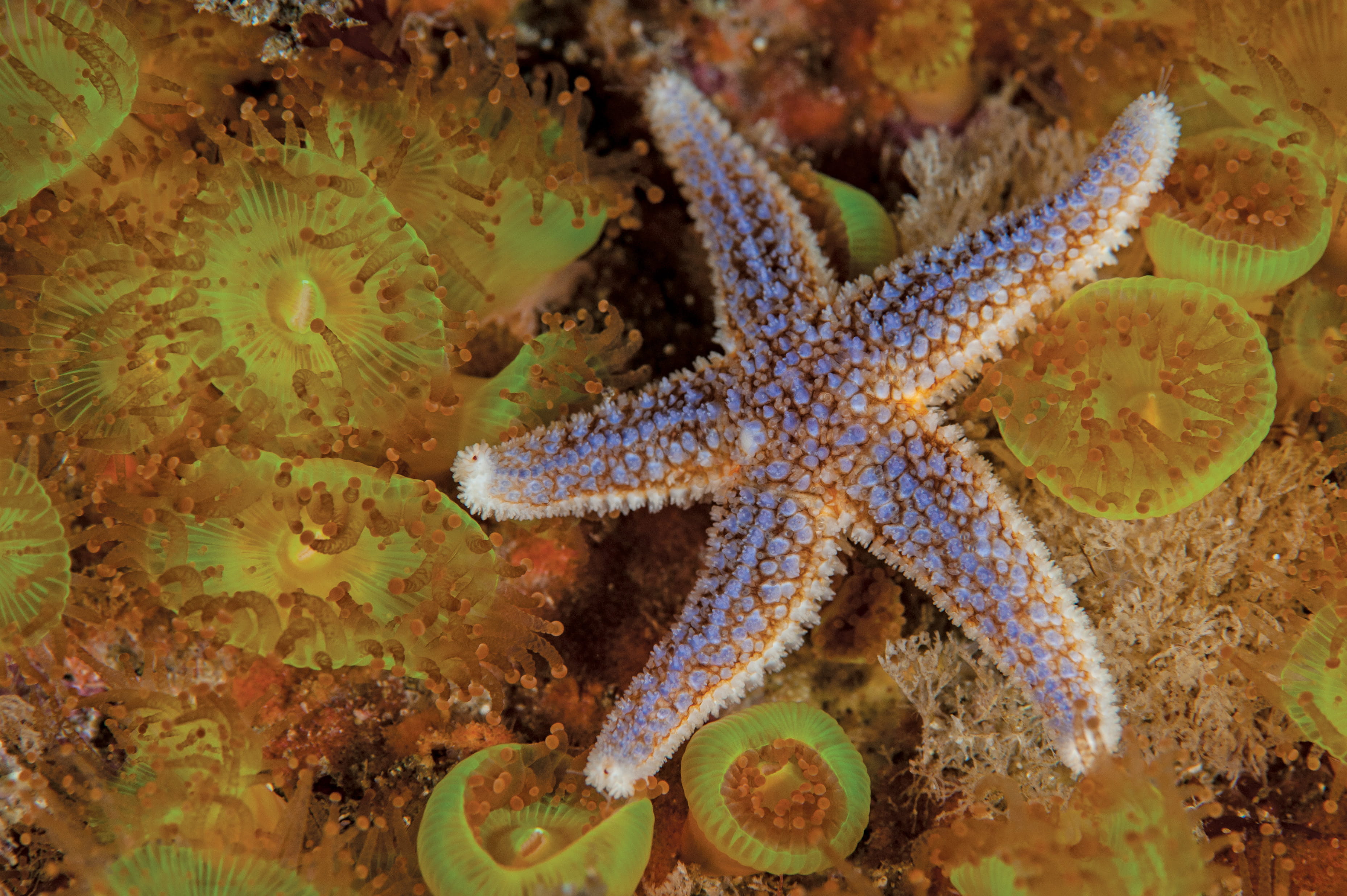
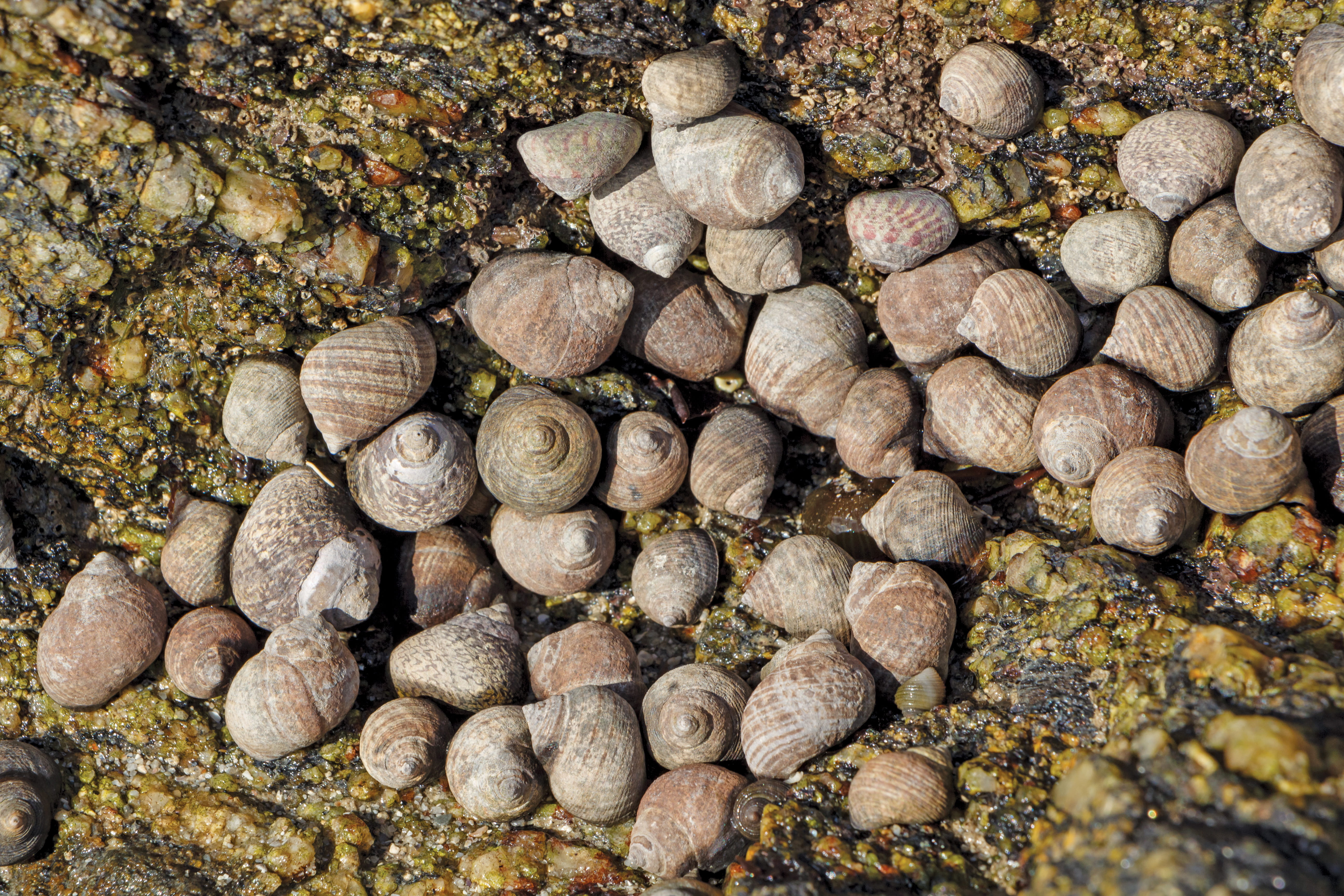
The Common Periwinkle is a type of sea snail. It has dark brown bands when younger, but grows lighter as it matures. You can find them around the UK on rocky shores, mudflats and in rock pools between high and low water. It’s mainly vegetarian and grazes on algae using its tough raspy tongue. They are edible and were an important food in Scotland for thousands of years, they are still popular to this day! They are known in local dialect as ‘wulks’.
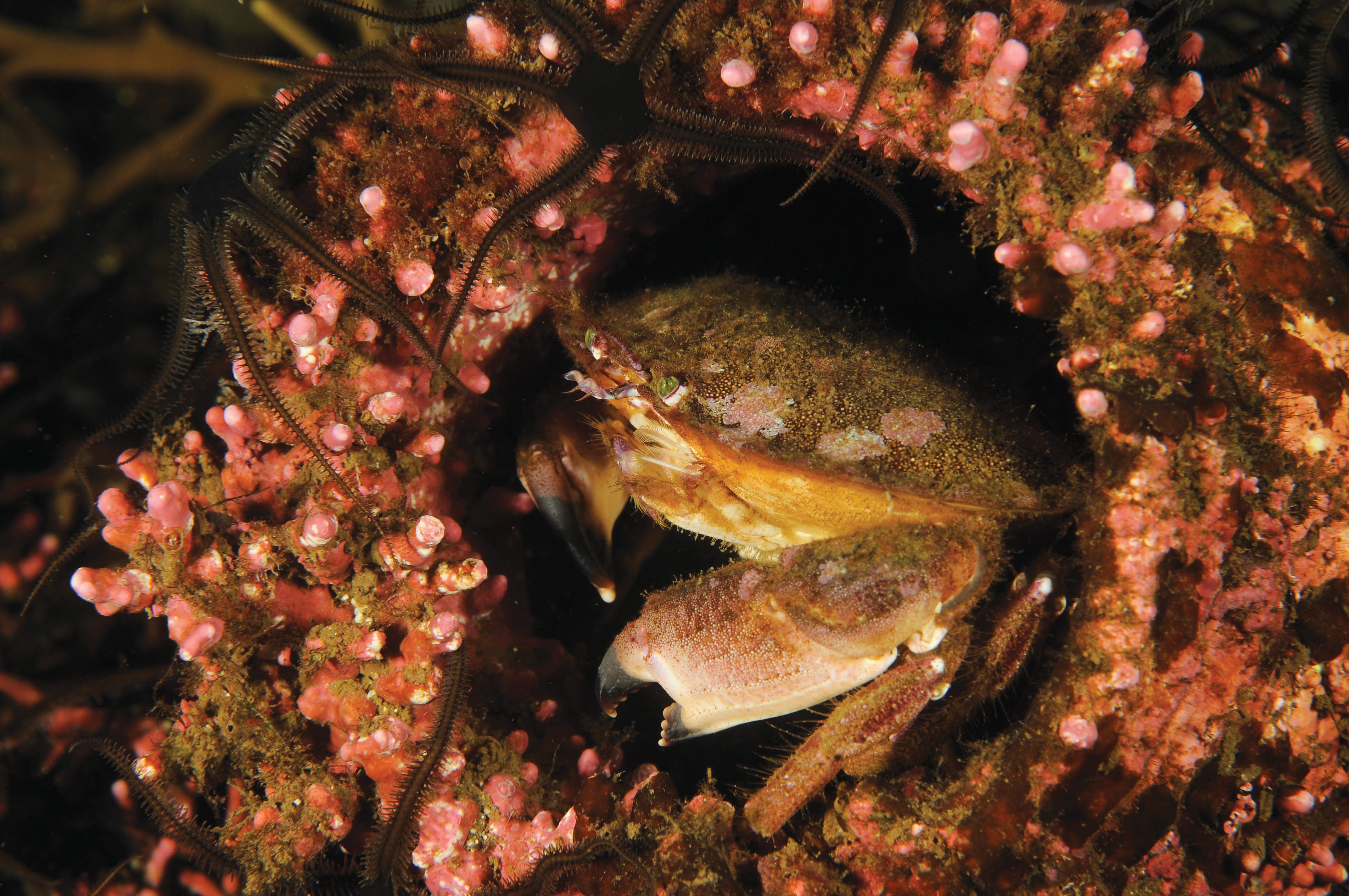
The Common Cockle is often found on the seashore. It has two whitish nearly round shells with lots of ridges on them that join together tightly when it is not feeding. They live between the high and lower water mark, buried in the sand or mud. They are a really great food for lots of birds and humans like them too! The ridges on their shells can be used to see how old they are, a bit like counting the rings on a tree.
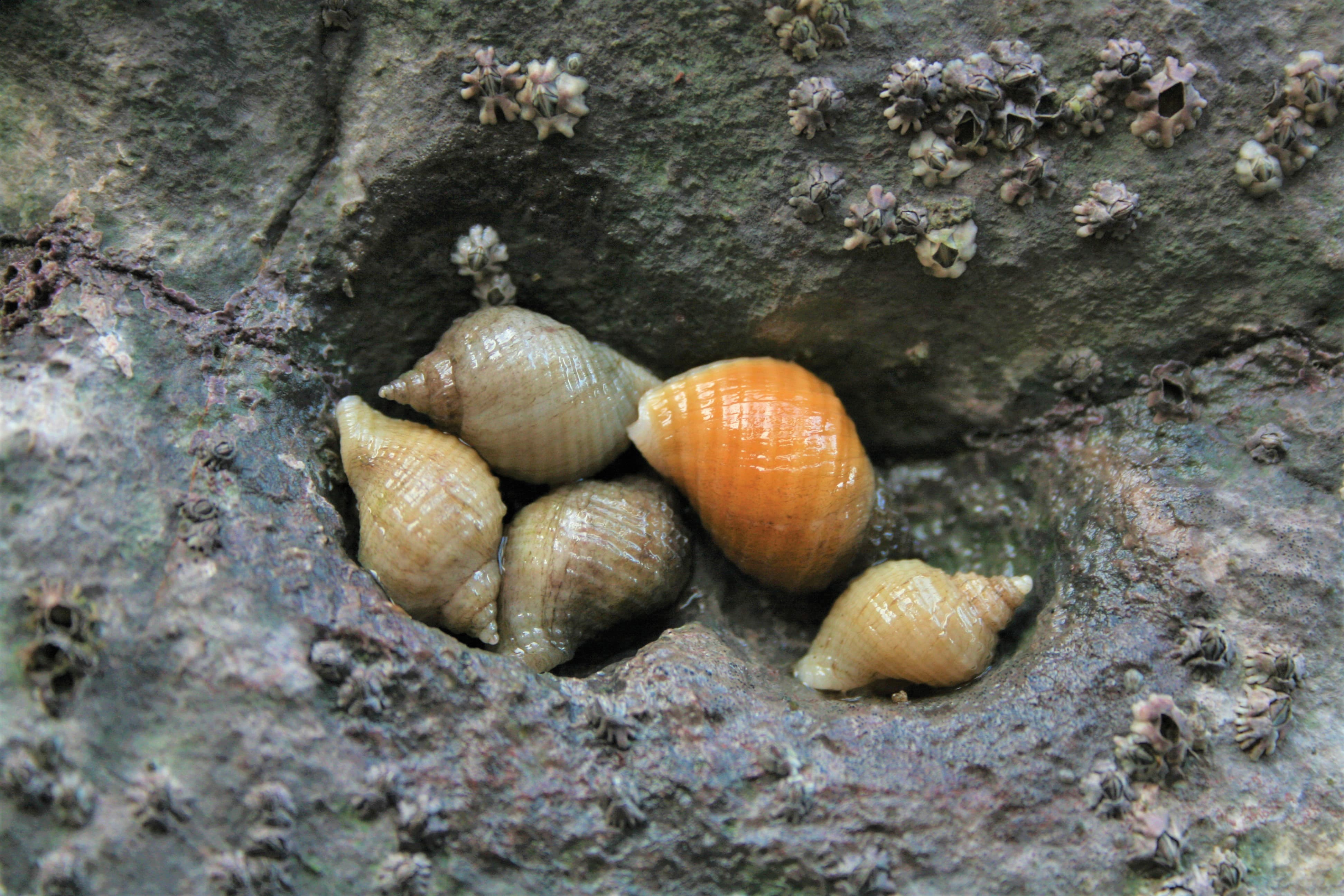
The Dog Whelk is a type of sea snail, it has a pointy, ridged off-white shell. You can find them on the lower shore in rock pools. They may look harmless but if you are another marine creature such as a barnacle of mussels beware, these guys are driller killers! They ‘drill’ holes into their victims shells and then suck up their insides!
